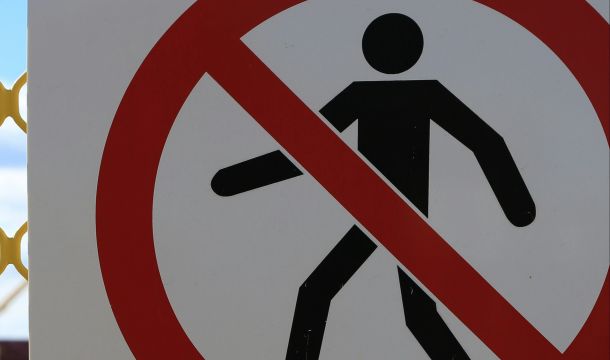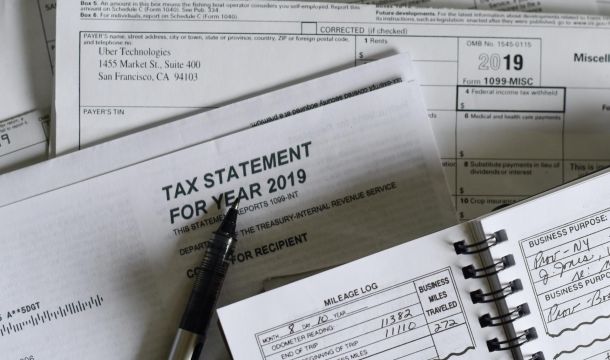Union Successes at Amazon and Starbucks Encourage Organized Labor
In early April, an employee-led labor organization was the first to unionize an Amazon warehouse. The employee-led group that won, however, was not a traditional labor union. It is called the Amazon Labor Union, a volunteer organizing operation among current or former Amazon warehouse employees with no formal ties to existing unions. The employee-led group won with 55% of the vote of workers at the New York warehouse in Staten Island.
Amazon filed objections to the election, contending that union organizers threatened employees into voting in favor of the union, and blamed the NLRB for suppressing voter turnout and issuing complaints against Amazon which the company contends had an improper influence on the votes of the workers. In addition, Amazon also alleges that the NLRB let union representatives distribute marijuana to workers in exchange for votes and to intimidate workers opposed to collective bargaining.
Meanwhile, Amazon warehouse workers in Bessemer, Alabama, voted in a second union election after the union lost an earlier election by a large margin. On this occasion, although Amazon held a slight lead in the ballots that have been counted, there are approximately 400 challenged ballots that must be resolved before the final winner can be determined.
President Biden, reacting in glee over the Amazon situation, said in a Washington speech: "By the way, Amazon, here we come."
The election win by the union at the New York warehouse is precedent-setting for a second reason, the lack of ties to national unions. The local union group consisted only of current and former warehouse employees, without involving professional union organizers. A local campaign run by employees already on-site is usually a quite powerful tool for union organization. At a minimum, the Amazon development may cause national unions to rely more on local employee committees and the local community to run election campaigns.
Another well-known employer, Starbucks, has ongoing union campaigns at many stores seeking NLRB elections conducted in single-store units. In December 2021, the Service Employees International Union won an election at a Starbucks store in Buffalo, New York, and it was the first time in over 50 years' of history that a Starbucks corporate store had been unionized. The union won an election at a second store in New York the following month, and currently, Starbucks is dealing with unionization efforts all over the U.S. The union campaigns are underway not only in New York, but in over 70 Starbucks locations across 21 states.
Starbucks as an employer is generally known to offer excellent benefits and has a reputation of being politically "liberal." With union issues, however, the company spokesperson has stated: "From the very beginning we've been clear that we're better together as partners without a union between us and Starbucks, and that conviction hasn't changed." Further, looking to defend against union-related attacks, Starbucks is hiring an in-house labor lawyer and a public relations manager. Howard Schultz, Starbucks' Chief Executive, in announcing to store leaders that Starbucks will be expanding benefits to reduce attrition, indicated that the new benefits legally cannot go to the growing number of stores that have voted to unionize, since federal law requires separately negotiated contracts for union-represented workers. Mr. Schultz has also released an employee message criticizing unions as an outside force trying to gain influence at the company, pointing out that due to low voter turnout under the mail ballot procedures, less than 40% of their employees have voted in union elections in stores that have voted to unionize. The company is apparently attempting to show that the union does not negotiate better benefits and pay than what Starbucks offers.
During the first six months of the Fiscal Year 2022, union representation petitions filed at the NLRB have increased 57%. A Gallup survey last year found that 68% of Americans approved of labor unions, more than at any other time since 1965.
It should be noted that more than half of unionized workers live in just seven states - California, Illinois, Michigan, New Jersey, New York, Ohio and Pennsylvania.
This is part of our May 2022 Newsletter.
View newsletter online
Download the newsletter as a PDF
Related Content
Get Email Updates

TPS Update (as of 9/3/2025)

DOL To Shut Down OFCCP and Transfer Duties to EEOC

Meaning of Supreme Court Ruling Limiting Nationwide Injunctions in Birthright Case

In Spite of Adminstration Changes, Monitoring of the Workplace Continues to Create Legal Issues

The Importance of Corporate Culture



